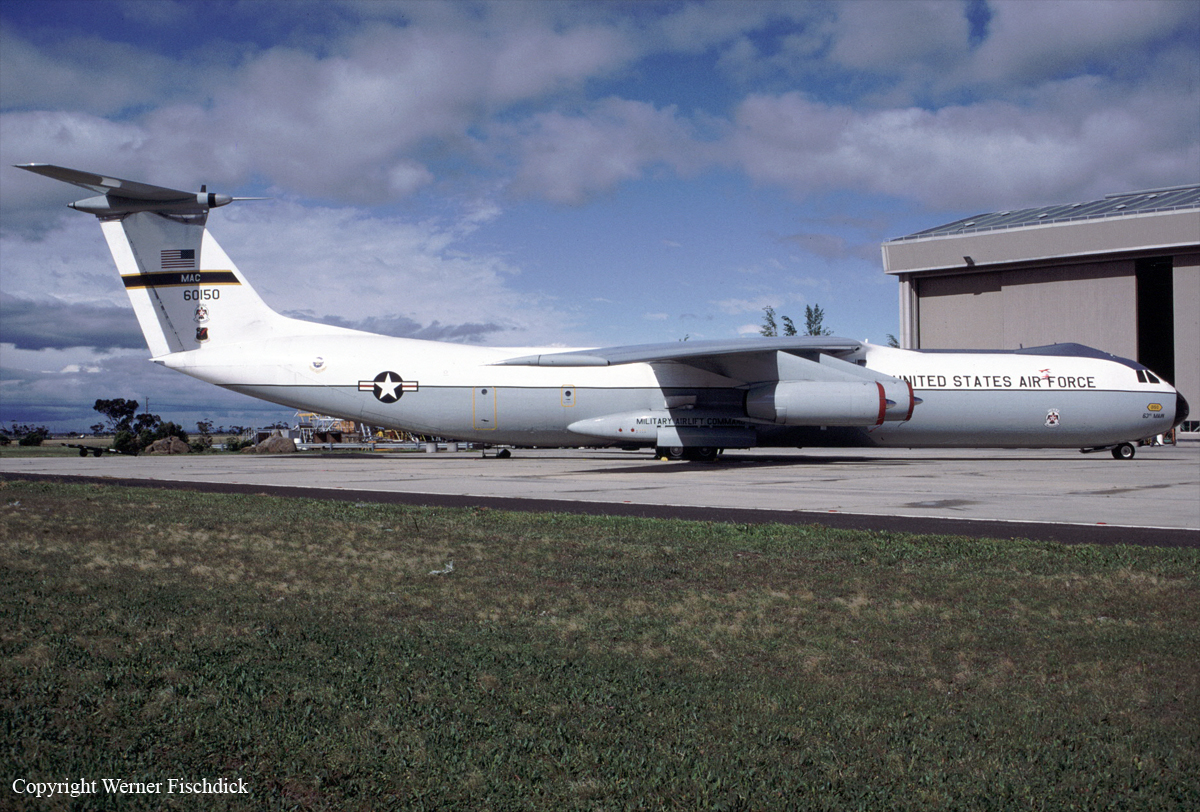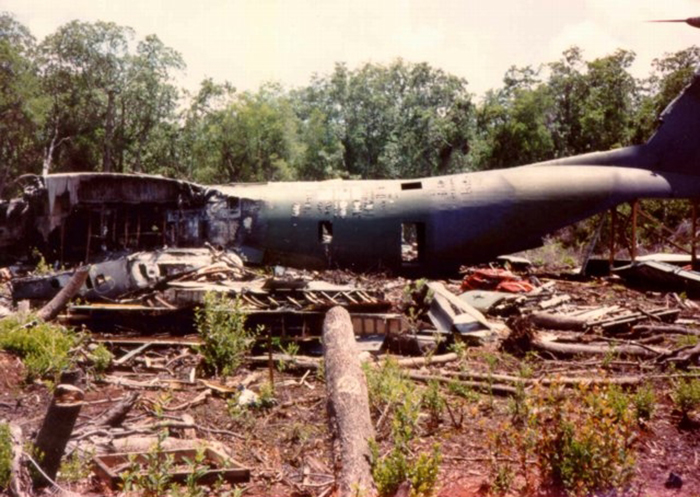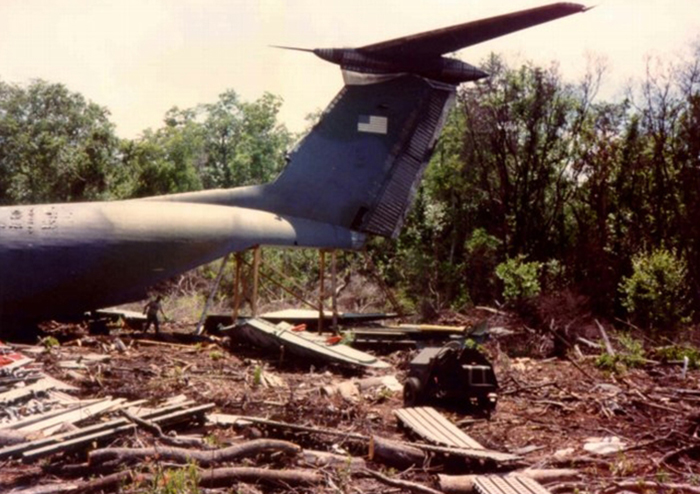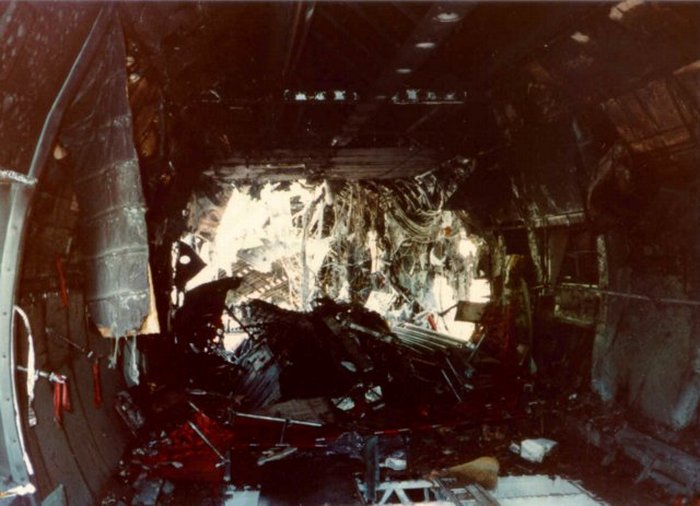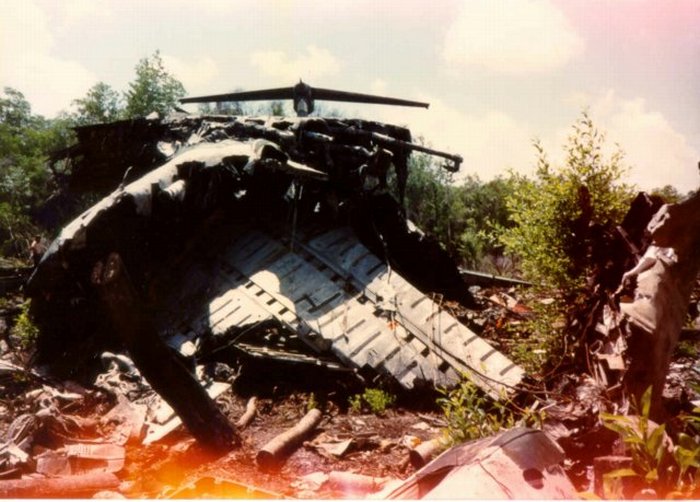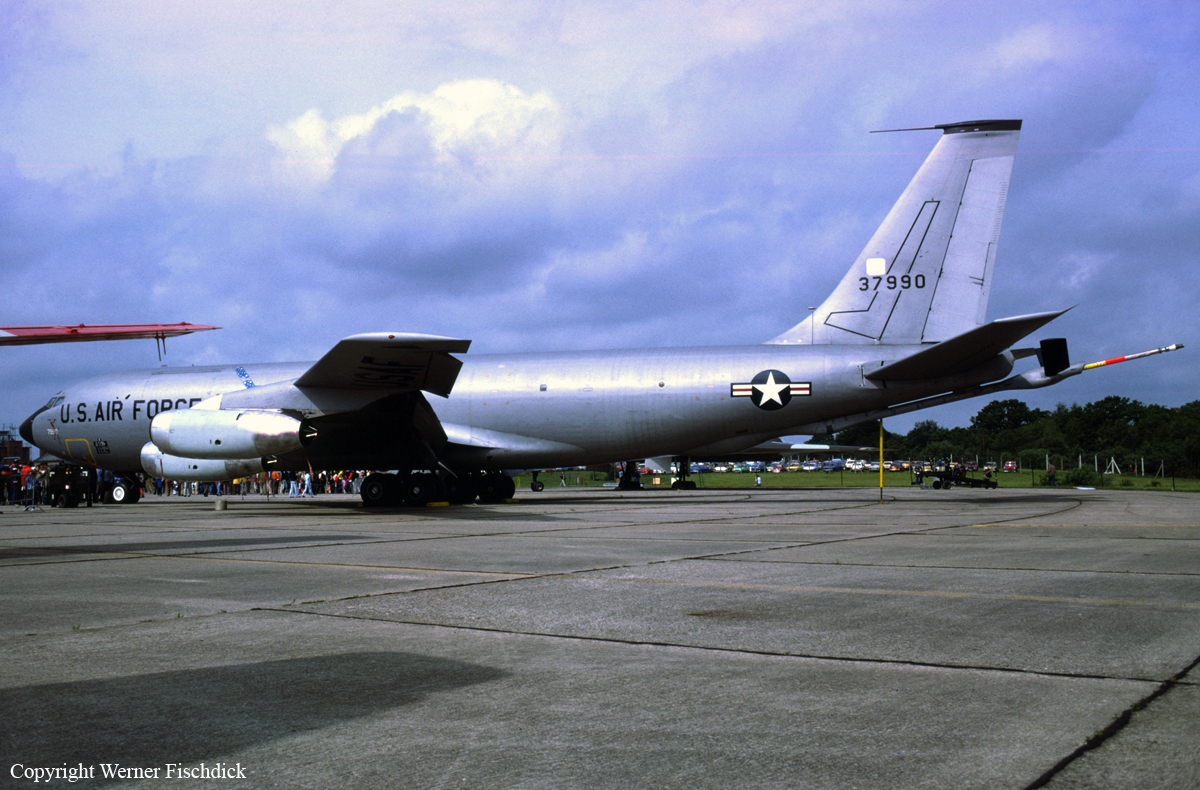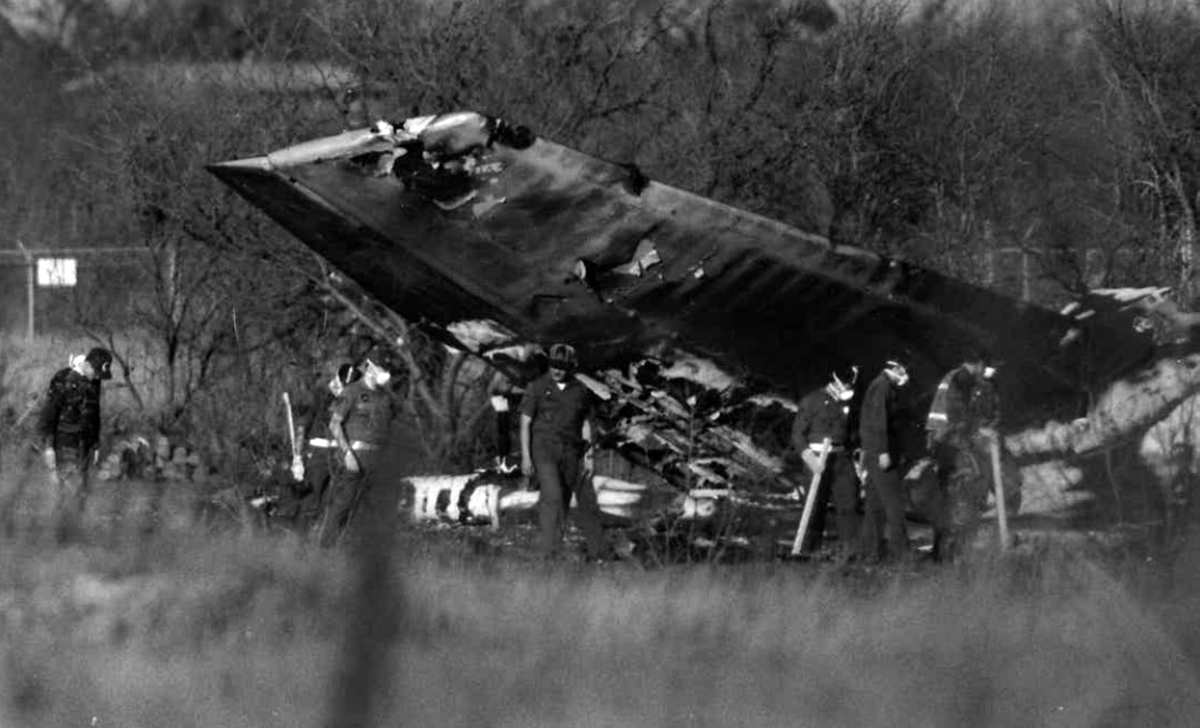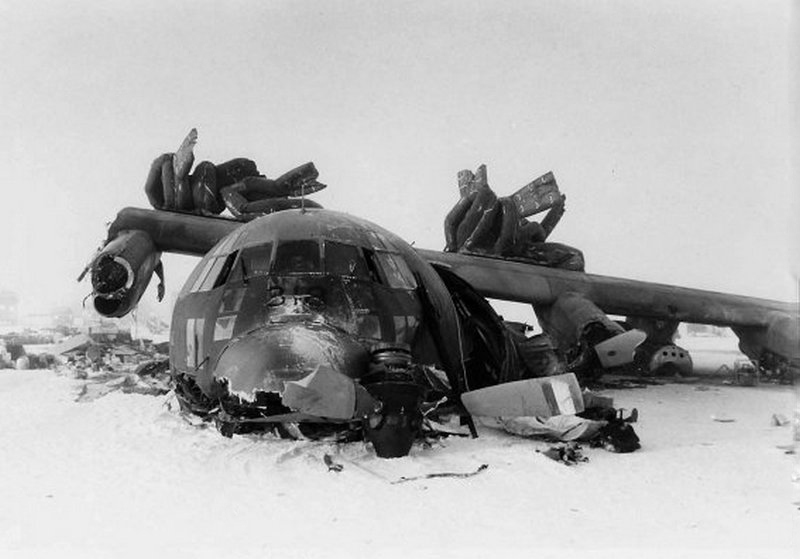Crash of a Mitsubishi MU-2B-20F Marquise off San Diego: 1 killed
Date & Time:
Feb 28, 1989 at 1103 LT
Registration:
N701DM
Survivors:
No
Schedule:
Carlsbad - Carlsbad
MSN:
149
YOM:
1969
Flight number:
FNT701
Crew on board:
1
Crew fatalities:
Pax on board:
0
Pax fatalities:
Other fatalities:
Total fatalities:
1
Captain / Total hours on type:
1010.00
Circumstances:
The purpose of the flight was to provide airborne intercept training for the US Navy. The mission had just been completed and the accident aircraft, FNT701, and another aircraft, FNT492, were returning home when the accident occurred. Radar data showed FNT701 was at 22,700 feet when it descended slightly to 22,500 feet. FNT701 remained at this altitude for approximately 2 minutes 37 seconds, then began a descent which resulted in impact with the ocean. This final descent rate initially was about 5,000 fpm and increased to 19,000 fpm. No distress calls were made; however, two transmissions were recorded which totaled approximately 30 seconds. There was no voice communication during these transmissions, only an open mike and the sound of prop(s). During the 1st transmission, the word 'oh' could be heard. FNT492 observed FNT701 descend below the clouds and did not detect any distress signals. Little wreckage was recovered during search and rescue operations. The pilot, sole on board, was killed.
Probable cause:
Pilot incapacitation for an unknown reason.
Final Report:




